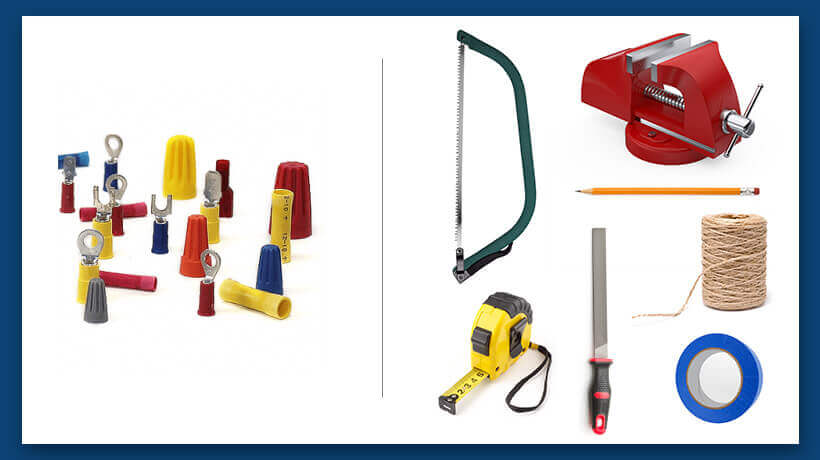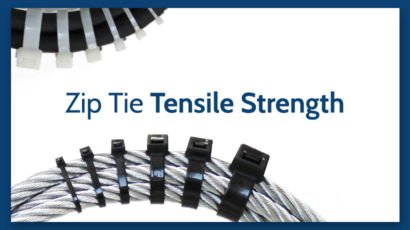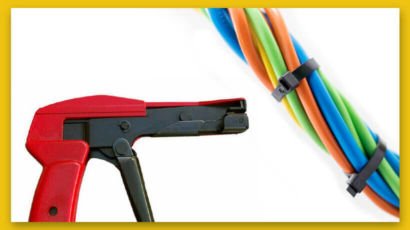Liquid tight Electrical Conduit

Liquid tight electrical conduit is not used for plumbing. It is used for keeping wiring and cables protected from liquids, sun, heat, and cold. It can even protect the wires and cables from impact as long as the PVC material holds up to the pressure. This is the most rigid way of installing cables and wires in an installation. Liquid-tight conduit is made of different materials. The two common materials are metal and PVC. Here at Nelco Products, we carry the non-metalic liquid-tight conduit connectors, both the straight connector and the 90° angle connector.
Cutting Liquid tight Electrical Conduit
Cutting the conduit is not very complicated. You just need to ensure exactness before making the cut. The tools you will need are:
- tape measure
- ball of string or cord
- paper
- pen or pencil
- a marking pen
- Tape in a color that does not match your tubing and easily seeable but not Duct tape or electric tape. Something you can easily remove would be good such as painters tape.
- hacksaw
- vise or something you can use to clamp the tubing
- fine metal file
- To measure the amount you will need use a tape measure to measure the amount you will need. If you are doing a straight run, this is fairly easy, however, if you are going around curves, you will need to take into account the amount of space needed to wrap the conduit around the corner. The easiest way is to take the string or cord and use that to measure the distance around the corners and then measure the straight part of the runs. Add this all together and that is your length you need to cut.
- Next, you need wrap the tape around where you marked your line. Once that is done, you need to re-measure and mark the tape where to cut. You must cut through the tape to minimize the possibility of cracking the conduit.
- Once that is complete, put the conduit in the vice or whatever you chose to ensure the conduit does not move around while cutting and cut along the line you drew on the tape.
- Remove the tape and use the file to sand any rough edges or stray burrs that may be left on the conduit and you are ready to continue.
Good wiring to you. – Amy



